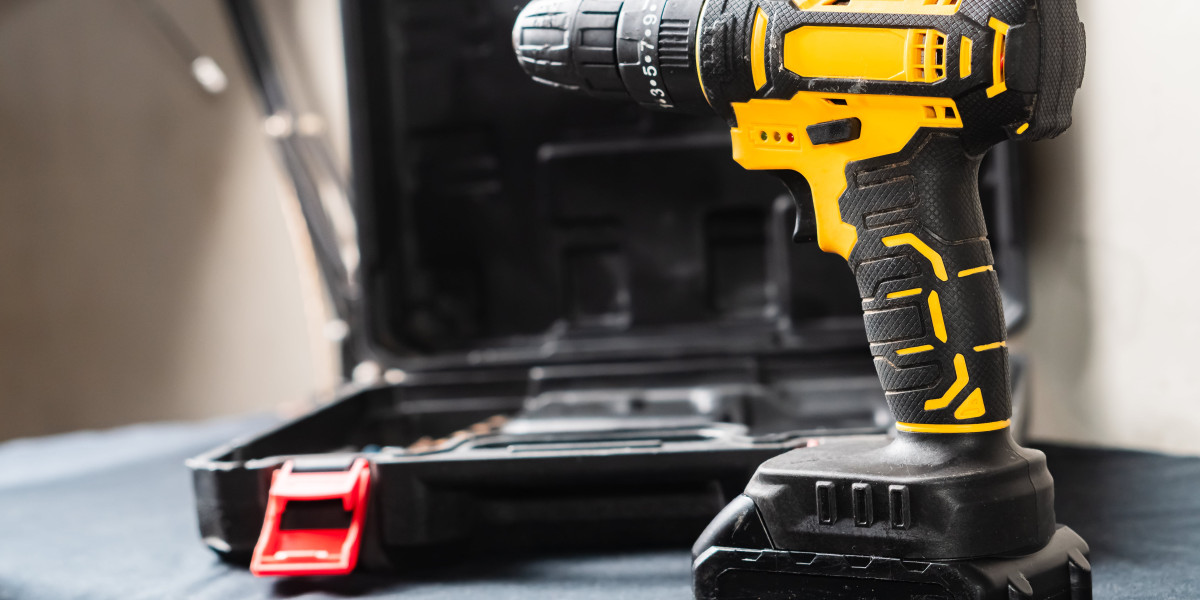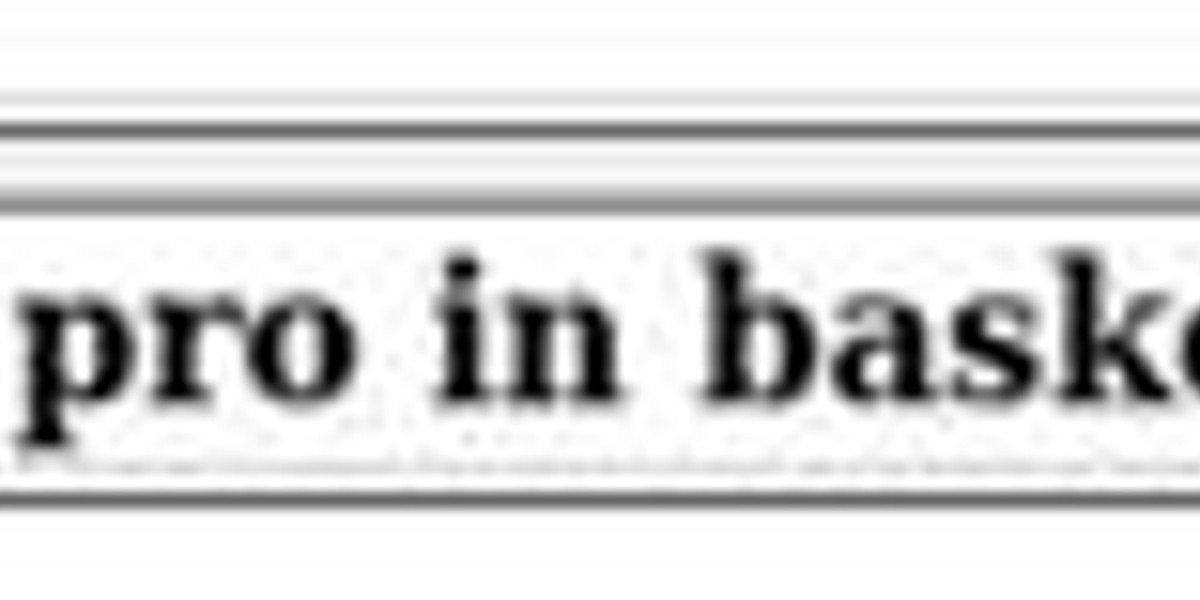Understanding Drill Tests: Importance, Types, and Implementation
In modern-day engineering, building, and geological investigation, drill tests are important for collecting information and evaluating the physical properties of various materials. These tests function as vital tools in numerous fields, from construction tasks to ecological assessments. This post looks into the fundamentals of drill tests, their different applications, and how they can be successfully executed to guarantee dependable results.
What is a Drill Test?
A drill test includes the procedure of tiring into the earth or another product to extract samples for analysis. This method makes it possible for specialists to take a look at soil, rock, and other products, Bohrmaschine Erfahrungen supplying important info concerning their composition, stability, and viability for specific projects.
Key Components of a Drill Test
- Drilling Equipment: This includes drilling rigs, augers, and rotary drills.
- Sampling Techniques: Various techniques can be employed, such as core tasting and split-spoon tasting.
- Analysis: After extraction, samples undergo different tests to evaluate their properties, including wetness material, density, and shear strength.
Significance of Drill Tests
Drill tests serve a number of vital functions in task preparation and development. Their main significance can be summed up as follows:
| Importance | Description |
|---|---|
| Site Characterization | Assists determine and examine the geological characteristics of an area. |
| Threat Mitigation | Reduces the risks connected with ground instability throughout building. |
| Design Optimization | Provides information that help in enhancing the style of structures and structures. |
| Environmental Impact | Assesses potential ecological impacts and help in regulatory compliance. |
Types of Drill Tests
There are various kinds of drill tests, each suited for particular applications. Below, Bohrmaschine Günstig Kaufen Online Bohrmaschine Mit Schlag Funktion Günstig Kaufen (bnclogis.Net) we specify a few of the most typical drill screening techniques.
| Kind Of Drill Test | Description |
|---|---|
| Core Drilling | Involves drawing out round cores of material for analysis. |
| Auger Drilling | Utilizes a screw-like tool to eliminate soil or rock, permitting sampling. |
| Percussion Drilling | Includes driving a drill bit into the ground utilizing a hammering action. |
| Sonic Drilling | Uses high-frequency sound waves to penetrate materials, generating very little disruption. |
| Hollow Stem Auger Drill | Permits for synchronised sampling and casing installation. |
Selecting the Right Drill Test
The choice of a specific drill test depends upon a number of factors, such as:
- Soil and Rock Type: The geological structure will determine which technique is more efficient.
- Project Goals: Understanding the purpose of the drilling is important in choosing.
- Environmental Considerations: The prospective influence on surrounding communities must likewise be considered.
Implementation of Drill Tests
To bring out a drill test efficiently, it is vital to follow a structured method. The implementation procedure can be broken down into several essential steps:
Site Preparation:
- Conduct preliminary website surveys to evaluate accessibility and environmental impact.
- Acquire necessary permits and approvals from regulative bodies.
Choosing the Equipment:
- Choose suitable drilling devices based upon website conditions and testing requirements.
Carrying Out the Drill Test:
- Execute the drill test according to established protocols.
- Guarantee that samples are gathered systematically and preserved.
Analyzing the Samples:
- Send samples to a laboratory for comprehensive analysis.
- Usage extensive testing techniques to examine the engineering properties of the products.
Documentation and Reporting:
- Document all findings adequately.
- Prepare in-depth reports on outcomes, analyses, and recommendations.
Table: Summary of the Drill Test Implementation Steps
| Action | Description |
|---|---|
| 1. Site Preparation | Study the site and acquire needed permits. |
| 2. Devices Selection | Choose drills based upon geological conditions. |
| 3. Carrying out the Test | Carry out the drilling while preserving security standards. |
| 4. Sample Analysis | Analyze drawn out samples in a lab setting. |
| 5. Reporting Findings | File and present the results comprehensively. |
Often Asked Questions (FAQs)
1. What aspects affect the option of drill test technique?
The selection of a drill test approach is affected by the site's geological conditions, the particular goals of the task, and considerations connected to environmental impact.
2. The length of time does a normal drill test take?
The period of a drill test can differ considerably. It might take anywhere from a couple of hours to several days, depending on elements such as the depth of drilling required and the type of products included.
3. Are there any risks related to drill tests?
Yes, potential threats consist of ecological disruption, damage to delicate areas, and dangers to workers if security procedures are not followed. Mindful planning is vital to reduce these dangers.
4. What type of information can drill tests offer?
Drill tests can yield a wealth of information, including info on soil composition, wetness material, strength specifications, and general site stability, which is vital for job preparation and Profi Bohrmaschine GüNstig Kaufen Mit ZubehöR execution.
5. How can the outcomes of drill tests impact building jobs?
The results can significantly affect task preparation, such as figuring out the type of structure required, evaluating material needs, and dealing with possible ecological concerns, eventually forming the success of the task.
Drill tests are essential to the fields of building, engineering, and ecological science. By providing in-depth knowledge of subsurface conditions, they play a critical role in accomplishing effective job results. Familiarity with the different types of drill tests, their value, execution, and cautious consideration of their environmental impact guarantees notified decision-making and boosted safety in engineering practices. Purchasing extensive drill tests not just reduces risks but enhances styles and adds to the sustainability of advancement projects.








